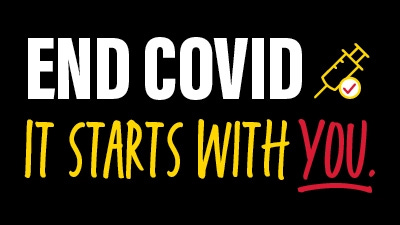Last weekend, my husband was in a car crash. He is fine, but our car (our only car) is in bad shape.

The CRASH occurred when another driver attempted to make a U-turn across an undivided 4-lane highway. They swung across two lanes of oncoming traffic and plowed into our car. I use the word CRASH here (not an accident — which is an event that occurs by chance or that is without apparent cause) because it did not occur by chance alone. When a driver makes an illegal U-turn into oncoming traffic, the likelihood of two cars colliding is increased. We expect a crash to occur. It is not an accident. It did not occur by chance alone. And more importantly, it could have been prevented.
I have been thinking a lot about safety and prevention this week (more so than usual). There are a lot of rules associated with driving a car. These rules are in place to decrease the number of crashes that occur and the number of injuries and deaths associated with those crashes. This is PRIMARY PUBLIC HEALTH PREVENTION. We are preventing injuries and death before they occur. Primary prevention is proactive action; we take specific steps before the bad thing occurs in an attempt to prevent it from occurring.
For instance — every time I get into the car, I buckle my seatbelt because (it’s the law and…) if I am in a crash the seatbelt will protect me from going through the windshield. I never get into my car thinking “today I’m going to buckle my seatbelt because I am planning to crash my car.” Instead, I put my seatbelt on every time I get into the car so that I will be protected IF I get into a crash.
And so it is with vaccines —
The public health community (myself included) is asking everyone to get their COVID vaccine to prevent illness, hospitalization, and death caused by the SARS-CoV-2 virus. This ask is no different (philosophically) than putting on a seatbelt before driving a car. The goal of both activities — wearing a seatbelt & getting a vaccine — is to PREVENT harm from occurring.
Both vaccines and seatbelts reduce harm through proactive action. SUBSTANTIALLY. Seatbelts do not prevent crashes from occurring, but they drastically reduce injuries and deaths associated with car crashes. Similarly, all three COVID vaccines effectively prevent disease and reduce (I will go so far and say ELIMINATE) severe disease, hospitalizations, and death.
HOWEVER — seatbelts do cause injuries. And on rare occasions (for example, a car plunging into a body of water) being seatbelted into a car can cause death. Similarly, vaccines do lead to rare complications. But the benefit of wearing a seatbelt and being vaccinated FAR OUTWEIGHS the risk of these rare complications occurring. I have never thought “I am not going to buckle my seatbelt today in the off chance (maybe 1 in a million) that my car plunges into the river while I cross the bridge.” The same attitude is needed towards vaccines. The chances of a rare complication associated with the vaccine are just that: RARE, really rare. On the flipside, ~2 out of every 100 COVID cases results in death from COVID in the United States (case fatality is 1.8%). It is ever so important to understand that the risk from COVID-19 (the disease) is FAR GREATER than the risk of being vaccinated.
Prevention & community health —
There are many other rules in place for drivers to prevent crashes. For instance, all drivers are required to stop at either a stop sign or red light. I stop to protect you; you stop to protect me. If I run a red light, I put you at risk for injuries or possibly death if we crash.

And so it is with vaccines…
My vaccine allows me to create immunity to COVID-19. With that immunity, I can fight off an infection. The chances that I pass the disease onto someone else are small. I am reducing the number of healthcare workers exposed to the disease. I am contributing to the development of herd immunity. And ultimately, I can contribute to my community in a healthy way by being healthy — I can shop, visit with friends, attend concerts in the park, support my favorite coffee shop, and more without spreading disease!
You stopping at a red light matters to me. My stopping at the red light matters to you.
And so it is with vaccines — you being vaccinated matters to me. You being vaccinated protects you. It also protects my 9-year-old son who cannot get vaccinated and my friend with cancer who did not develop antibodies after their vaccines. We take preventative action to create a healthy community.
Vaccines are about creating a healthy community through preventative action.




